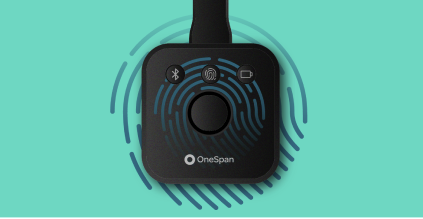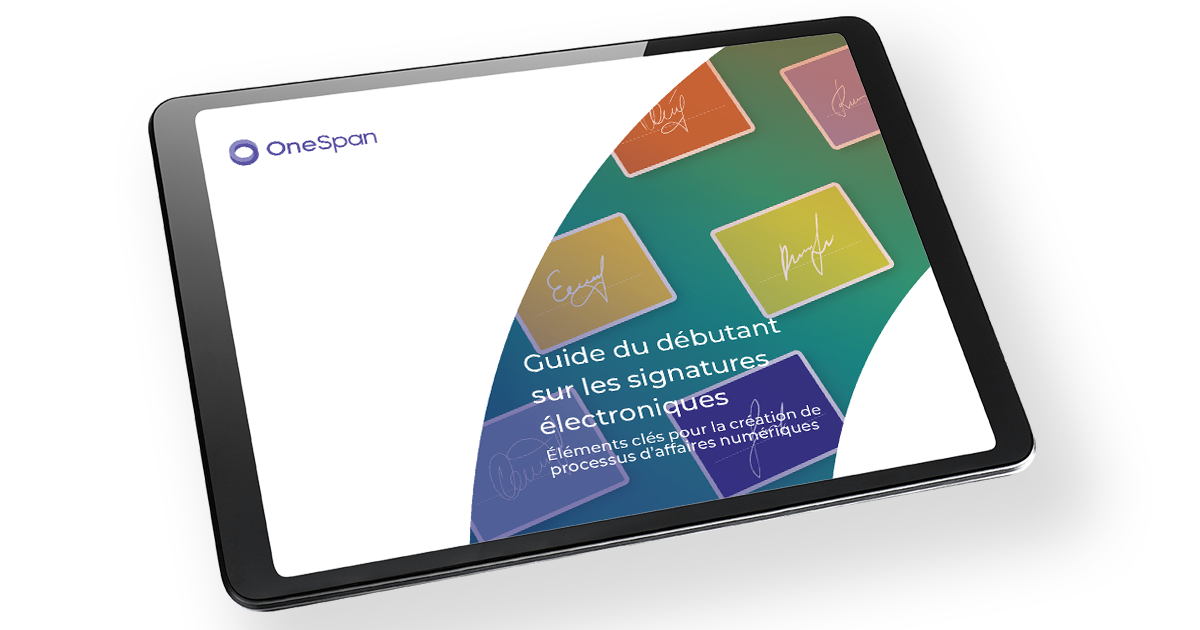Signatures tout au long de l'histoire - Egypte ancienne

Lors de notre dernier voyage dans les profondeurs du temps, nous vous avons emmené au 50ème siècle avant J.-C. et le monde de la Sumeria de Hammurabi, maintenant il est temps de visiter la terre des pharaons. Plus précisément, nous examinons les pratiques de signature en Égypte au cours du XVe siècle av. J.-C.
Pratiques de signature en Egypte
L'Egypte ancienne est largement considérée comme l'un des premiers précurseurs de la civilisation moderne. Alors que Sumeria et d'autres empires plus anciens ont été la mise en place d'une base pour l'avenir avec des codes juridiques de base et l'écriture précoce, les Egyptiens combiné l'agriculture, le gouvernement formalisé, les codes juridiques complexes, la religion et les modèles économiques d'une manière qui a servi de tournant point dans l'histoire. La culture des scribes a joué un rôle majeur dans ce processus. En tant que société, l'Égypte a évalué l'information et l'histoire à un point tel qu'elle a élevé les scribes à une position de grande classe documentant tout ce que le gouvernement, et les riches, accomplissaient.
Cet exemple précoce de commis et d'experts en documentation a eu un impact majeur sur l'économie, permettant aux gens d'enregistrer officiellement des documents commerciaux, des ordres militaires et d'autres documents clés sur le papyrus. Cependant, l'écriture est également devenue assez commune pour que des méthodes soient nécessaires pour vérifier l'autorité d'un document, ce qui a mené à l'élaboration d'un système de signature qui serait encore utilisé, dans une certaine mesure, bien dans l'avenir.
Quelques Égyptiens au 15ème siècle avant J.-C. anneaux de signet possédés avec des symboles d'identification personnelle qu'ils utiliseraient, avec la cire fondue, pour sceller des documents et vérifier leur source. Le processus a été long et coûteux, car il a commencé avec l'extraction des métaux pour l'anneau, les faire fondre, la construction de la signet spécialisé et la cire de fabrication juste pour rendre la capacité de signature possible. De là, un individu a dû fondre soigneusement la cire sur le papyrus et presser leur anneau en elle jusqu'à ce qu'il durcisse.
La pratique d'utiliser des anneaux de signet comme autorisation officielle a duré des siècles, et a même été largement utilisé aussi récemment que le début des années 1800, lorsque politique, militaire et économique utiliserait un sceau de cire avec un signet personnel avant d'envoyer des documents sensibles via services de messagerie. Dans ce cas, le signet n'était pas la signature, mais un moyen de vérifier la signature.
Création d'une nouvelle forme de signet
Les anneaux de signet étaient idéaux parce qu'ils vérifiaient la source d'une signature. De même, les signatures numériques agissent comme une étiquette informatisée sur une signature électronique. Une signature numérique cryptée se déplace avec un processus de signature électronique à travers chaque partie de son cycle de vie, en vérifiant qui a l'initiative du processus, qui a effectué la signature et en fournissant des métadonnées importantes sur le processus.
Consultez nos ressources FAQ sur les signatures électroniques pour en savoir plus sur le fonctionnement des signatures numériques pour prendre en charge les processus de signature électronique.







